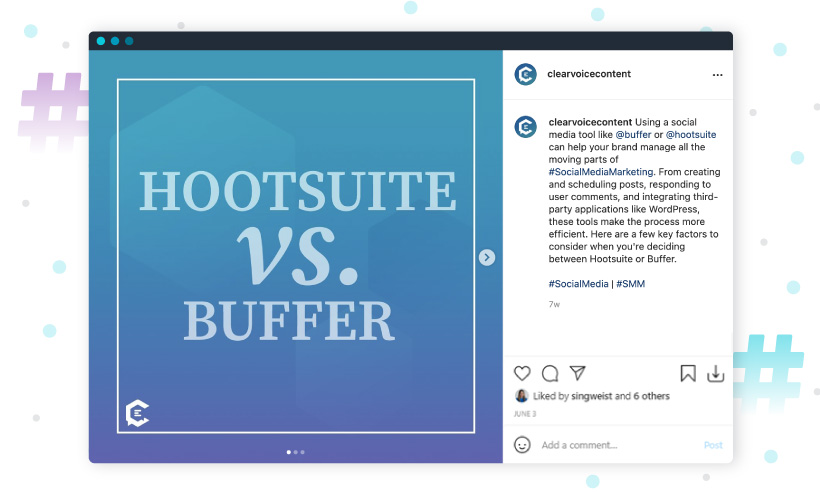In the world of social media, there are certain elements everyone thinks of with social media content, including creative images, compelling copy, and engaging hashtags. But, have you ever asked yourself about the fundamentals of your hashtag strategy, or would you consider yourself one of the brave souls who just makes up tags to add on the fly?
Regardless of the category that best fits your current situation, learning how to use hashtags is smart since they can boost engagement and help you find your target audience.
Below, we’re shedding light on dos and don’ts, along with the different types of hashtags to use in branded content and stories that can help you get better results. But before we dive into the fundamentals of hashtags, let’s first begin with their history.
A quick history of hashtags

The hash sign or hashtag is visually represented by the symbol ‘#.’ When placing the symbol in front of a word (or series of words) on a social media post, it will turn that word into a metadata tag. By doing so, you’ve just created a hashtag.
During South by Southwest way back in 2007, a group of early adopters and developers created Twitter to help them organize thoughts and ideas for the conference. The first tweet on the Twitter platform that used a hashtag was sent by Chris Messina, a blogger and product consultant.
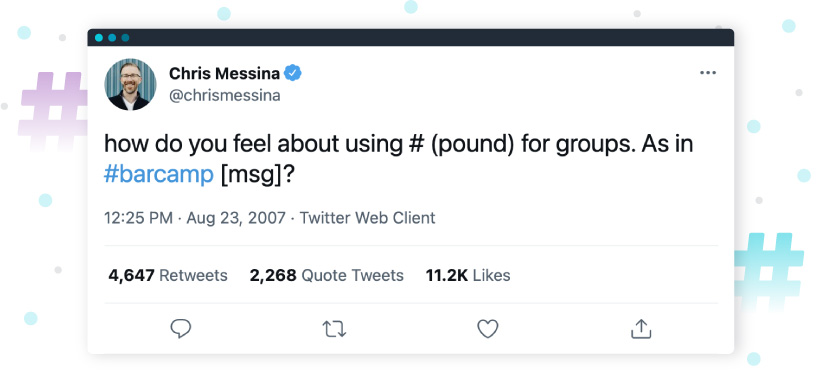
What some considered to be an unorthodox idea turned into the most significant element of social media engagement. It not only shaped interactions on Twitter but became one of the highest adopted features across all social media platforms.
Contrary to a consumer’s use of a hashtag, freelance business owners and brands must consider tags to be a part of a strategic approach to content marketing. Without a strategy, you could be missing great opportunities, new organic followers, and more.
Before jumping into a hashtag frenzy, let’s discuss the basics of how to use hashtags to ensure they help (and don’t harm) your social presence.
The do’s and don’ts of how to use hashtags
Before you add 30 hashtags to your Instagram posts or tag every other word, you need to know the basics. If you overuse tags or choose the wrong ones, you could annoy your followers or attract the wrong crowd.
Here are some essentials do’s and don’ts of how to use hashtags:
Do not use apostrophes.
By using apostrophes in your hashtag, you break the clickable link (and its meaning). Remember, the purpose of tags is not to be grammatically correct but searchable and connected to relatable content on the platform.
Do capitalize words within the hashtag.
This has more to do with creating consistency than with the actual usage of your hashtags. As a hashtag user, capitalization doesn’t matter. #BeYourBest is still #beyourbest.
However, as a brand, #BeYourBest has a more visually appealing look than the hashtag with all lowercase letters. Yes, it takes a little more time when compiling your content and hashtags, but the consistency matters beyond the professional look and feel.
Do not #hashtag #your #entire #sentence.
The previous sentence may appear to be a highly effective SEO-driven content strategy. Still, you must remember every hashtag is a clickable link driving your audience to relatable content and aligning your content with whatever is associated with that tag.
So if they click “your” and “entire,” they will find things completely irrelevant, which isn’t beneficial to either of you.
Do use popular, relevant hashtags.
Using popular hashtags in your social media content still involves strategy. Do not use popular hashtags for the sake of profile discovery. That’s a lazy approach to the effectiveness of aligning with relevant experiences, trends, or viral moments.
Instead, consider how your brand connects to the topic, and be sure to engage with the hashtag as well! If you’re curious about where to start, begin using monthly relevant hashtags from our social holiday calendar.
Do not use irrelevant hashtags.
When learning how to use hashtags, it can be tempting to use irrelevant ones just because they’re popular — but this strategy can do more harm than good.
Although all posts should connect to a larger story and strategy, treat tags as unique to each individual post. Align hashtags with each unique experience.
Do be mindful of quantity.
Overpopulating your copy with tags is an ineffective strategy and an eyesore to your message. For example, Instagram allows 30 tags per post. However, it’s not the platform recommendation or a best practice.
People are consumers, and consumers are visual. Before they read your message, their eyes will skim the content and look at the overall aesthetics of your post or tweet. This is more important on platforms like Instagram but still essential on all others.
Do your research.
Researching hashtags is imperative to your social media content strategy. This is important because people use tags for various reasons, with different types of content and motives. When using tags, your posts align with those using the same tag as discoverable content. So if you choose a tag and it links to sketchy content you didn’t anticipate, your brand will be associated with it.
Your research is just as important (if not more significant) to the content creation process. Do not skip the step of researching hashtags, and constantly revisit the discoverable content that aligns with the tags you use. Since tags are living, breathing content lanes on social media platforms, the content changes daily, so your research and review should be a continual process.
As you can see below, the lack of research can harm your brand if you accidentally connect or interact with a hashtag without due diligence. During the Casey Anthony trials, a notable brand failed to research the reason for a trending hashtag. The poor judgment caused an uproar and required a much-needed apology.
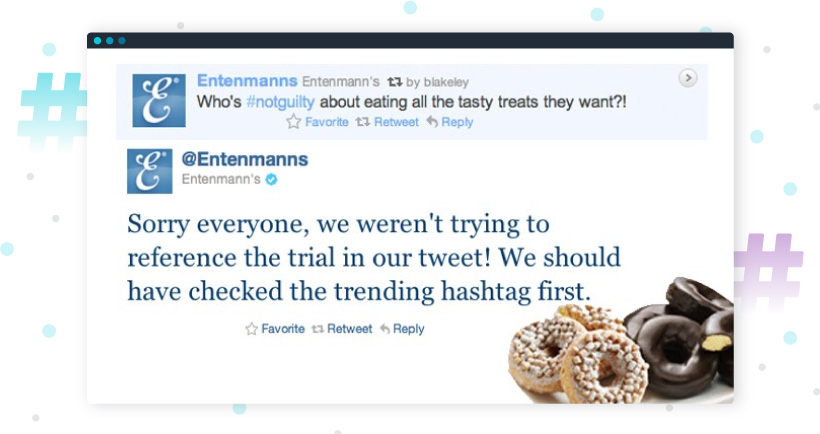
Do use hashtags with content relevancy.
As you learn how to use hashtags, you will see that you can use relevant tags that directly connect your audience to the core message you want them to receive and engage with.
They are not required (or encouraged) to be a part of your post copy, but it reinforces profile discovery for people who may not follow you to find you through the tags. Here is an excellent example of content relevancy for your hashtags by our ClearVoice Instagram account.
Do try branded tags.
Branded hashtags are those that are specifically created for your brand, whether they’re Twitter hashtags or Facebook hashtags. For example, if your brand is called Dancing Candles, your branded hashtag would be #DancingCandles. You can do the same with your name if you’re a freelancer on Twitter.
Although brand names are most common, this also applies to long- and short-term campaigns unique to your brand. When creating these tags, research them before committing them to your campaigns. This would save a lot of headaches and confusion later.
Additionally, remember brand tags will most likely be used by the brand only for a considerable amount of time. Your campaign hashtag will require consistent repetition before consumers begin to use them on their own content.
This point is possibly one of the most important things to consider with these types of hashtags. It is for brand recognition and campaign support, not consumer usage. If they begin to use the tag, that’s fantastic! It means that your repetition is working, but consumer usage should not be your primary end goal. Great branded campaigns include Coca-Cola’s #ShareACoke and the vegan nail polish brand Zoya’s #EveryDayZoya.
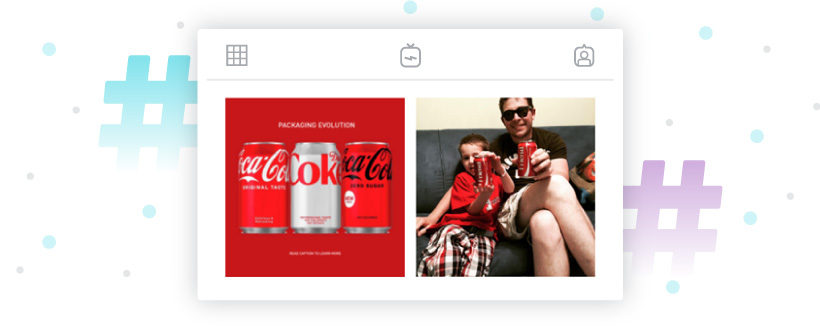
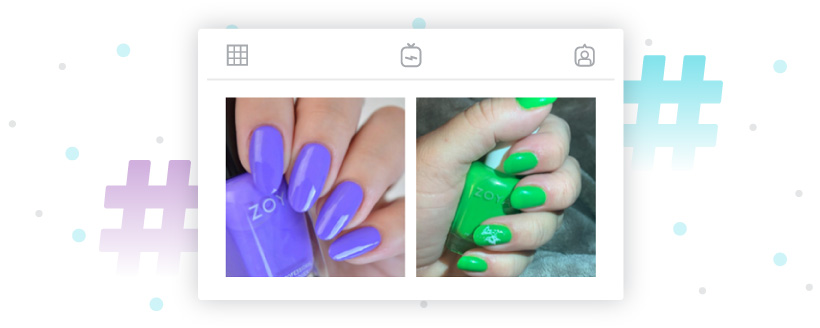
Do aim for relatable audience attraction.
Relatable audience attraction hashtags are your general content lanes. Although still relevant to your post content, these tags are generic in nature. Interestingly enough, brands miss the mark with general tags. Instead of using tags that people like you would use, consider the mindset of your audience.
For example, say a real estate business shares great content for sellers and buyers. But the most-engaged audience was mostly other real estate agents instead of those in the market looking for homes. When the general hashtags used by the client shifted from those of a real estate agent to those used by a home buyer or seller, the client’s audience engagement shifted.
Why is this? Because hashtags are living, real-time content lanes intended to connect like-minded users through organic discovery.
Consider using tags your audience uses in their content, not those that resonate with your industry or what you do. If you’re just learning how to use hashtags, simply look at content created by your ideal prospective audience on the platform.
In reality, the hashtags are not for you. Hashtag usage is for others to find your content, so the relatability to your audience matters.
Hashtag your way to more engagement.
What began as a way to organize thoughts and ideas for developers at a conference is now one of the most effective ways to connect, engage, and relate with others on social media. Its evolution reflects the pace of growth and adaption of social media to the market’s needs and consumers.
If you’re just learning how to use hashtags, these do’s and don’ts will go a long way toward helping you acclimate quickly and effectively.
Need help creating engaging social content and custom hashtags for your brand? ClearVoice’s expert team of writers, editors, and strategists has you covered. Talk to a content specialist today to get high-quality content for your business.
